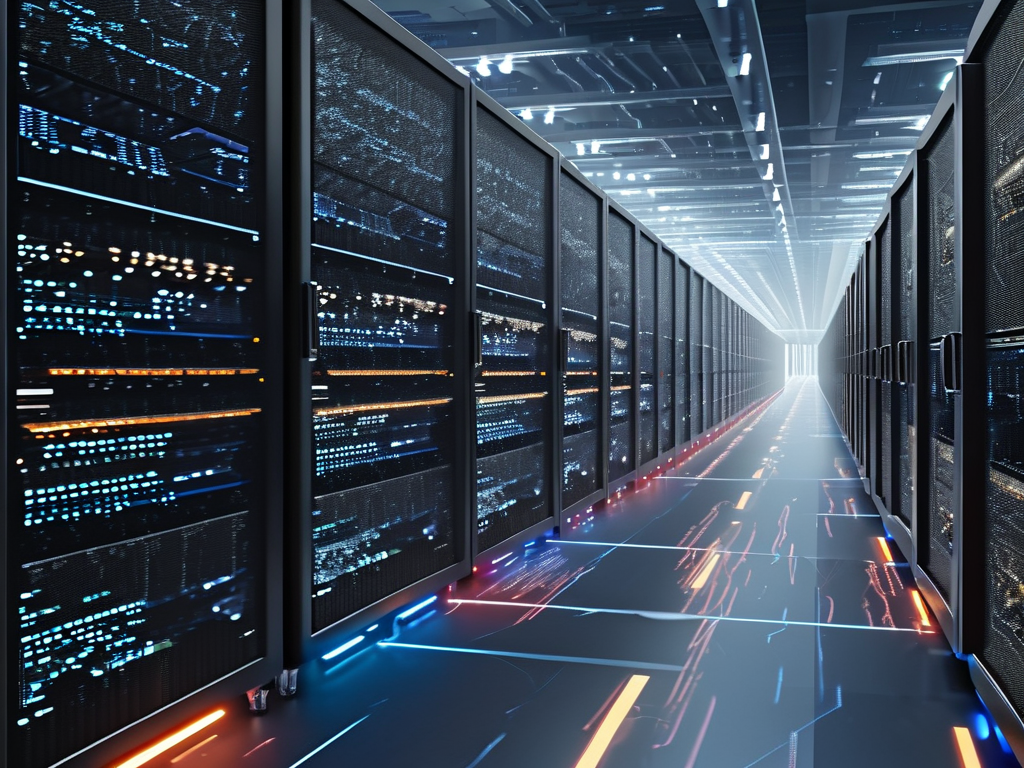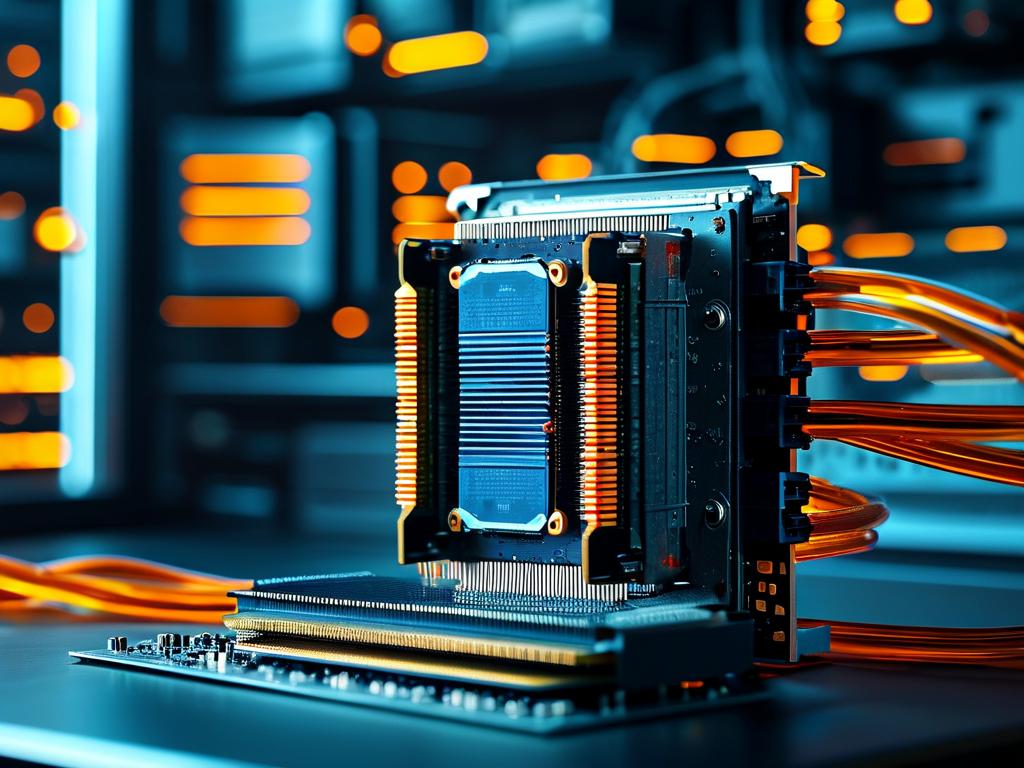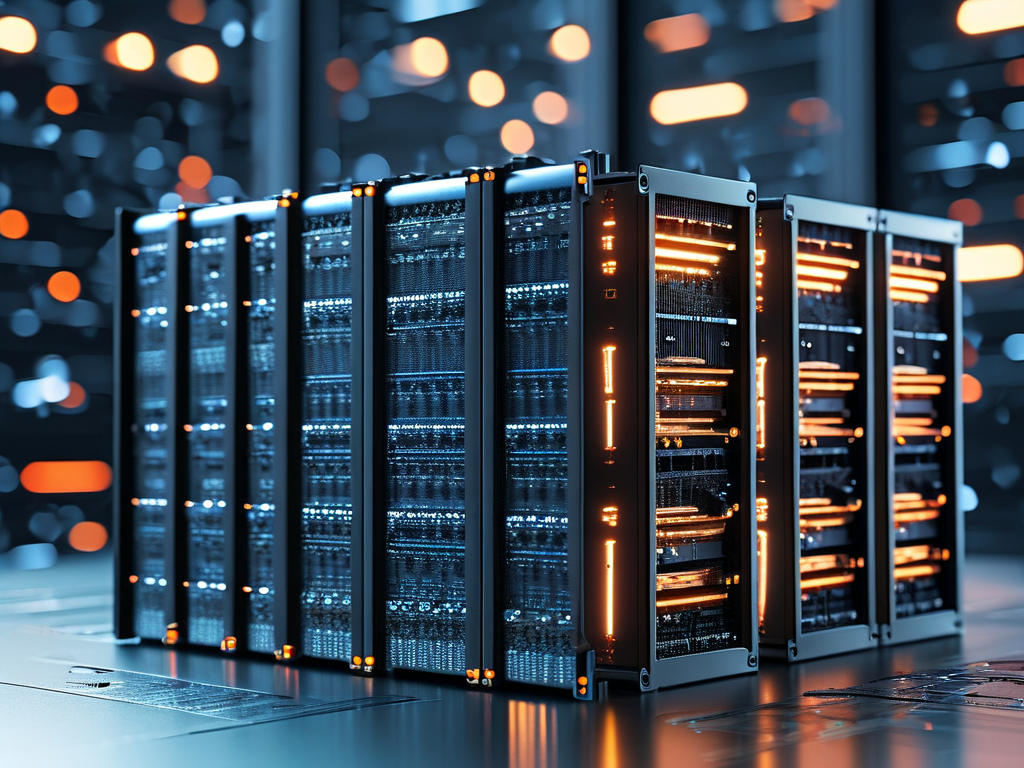In the evolving landscape of computing technologies, the debate between memory computing and disk computing often arises. While both methods handle data processing and storage, their underlying mechanisms and use cases diverge significantly. This article explores their differences in performance, architecture, and real-world applications while addressing the question: Can they truly be considered equivalent?

Core Definitions
Memory computing refers to data processing within a system’s volatile memory (RAM), where calculations occur directly on stored data without persistent storage. This approach prioritizes speed, enabling real-time analytics and rapid transaction handling. For example, in-memory databases like Redis process queries in milliseconds by eliminating disk I/O bottlenecks.
Disk computing, conversely, relies on non-volatile storage devices (HDDs/SSDs) for both data storage and computation. Operations involve reading data from disks, processing it in memory, and writing results back—a cycle that introduces latency. Traditional relational databases like PostgreSQL often follow this model, prioritizing durability over speed.
Performance Benchmarks
A key distinction lies in throughput. Memory computing achieves speeds up to 100x faster than disk-based systems due to RAM’s nanosecond-level access times versus the millisecond-level delays of mechanical disks. Consider a financial trading platform: executing orders via in-memory systems reduces latency to microseconds, critical for high-frequency trading. Disk-based alternatives would struggle to meet sub-second response requirements.
However, disk computing excels in scenarios requiring large-scale data persistence. Storing terabytes of historical sales records on disks remains cost-effective compared to the prohibitive expense of equivalent RAM capacity.
Architectural Contrasts
Memory computing architectures emphasize horizontal scaling through distributed systems. Technologies like Apache Ignite partition data across cluster nodes, ensuring redundancy and high availability. Code snippets illustrate this approach:
# Example of in-memory data grid usage
from pyignite import Client
client = Client()
client.connect('127.0.0.1', 10800)
cache = client.get_or_create_cache('trade_cache')
cache.put('order_123', {'symbol': 'AAPL', 'price': 182.75})
Disk computing systems, meanwhile, often employ vertical scaling with optimized query engines. SQL databases use indexing and caching mechanisms to mitigate performance gaps, though they cannot fully overcome physical hardware limitations.
Cost and Durability Trade-offs
RAM costs approximately 10x more per gigabyte than SSD storage. Enterprises must balance budgets against performance needs—a social media app handling 10M concurrent users might justify in-memory caching layers, while a document archive system would opt for disk storage.
Data durability presents another critical factor. Memory computing systems risk data loss during power failures unless paired with replication or snapshotting tools. Disk-based storage inherently preserves data through outages, making it indispensable for compliance-heavy industries like healthcare.
Hybrid Solutions Emerge
Modern systems increasingly blend both approaches. Tiered storage architectures automatically move less-accessed data from RAM to disks, as seen in Apache Kafka’s log segmentation. Similarly, GPU-accelerated databases like SQream use disk storage for bulk data while leveraging memory for parallel processing.
While memory and disk computing share the fundamental purpose of data handling, their operational paradigms cater to distinct needs. Memory computing dominates latency-sensitive environments, whereas disk computing remains vital for cost-efficient large-scale storage. Technological convergence continues to blur these boundaries, but their core differences ensure neither will fully replace the other. Enterprises must evaluate their specific requirements—whether prioritizing nanosecond responses or petabyte-scale retention—to determine the optimal balance.



